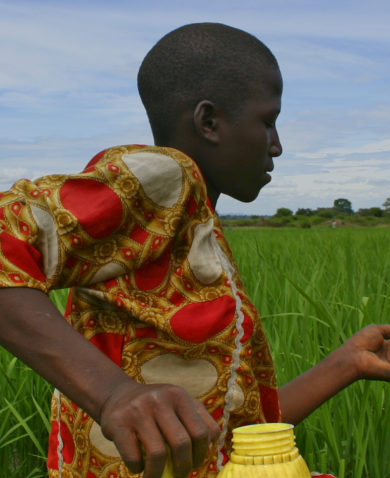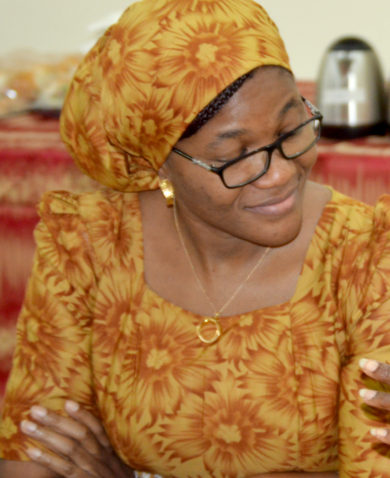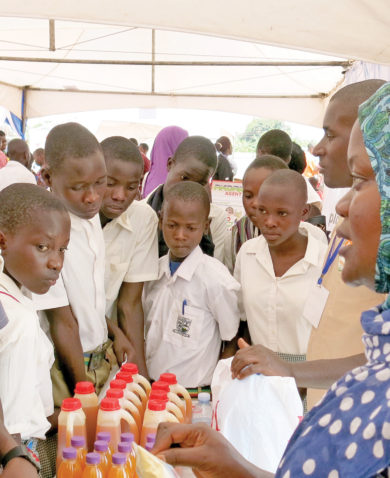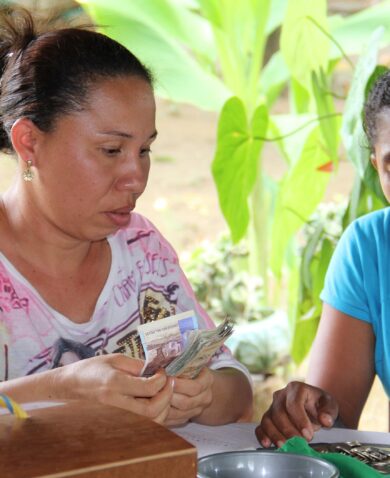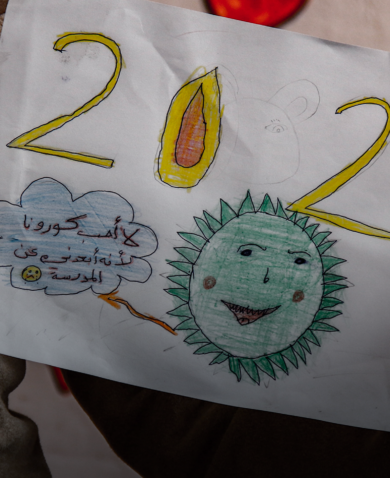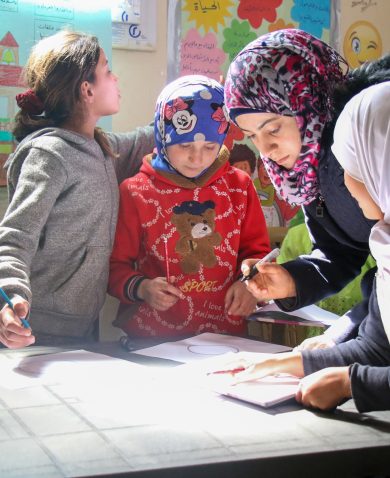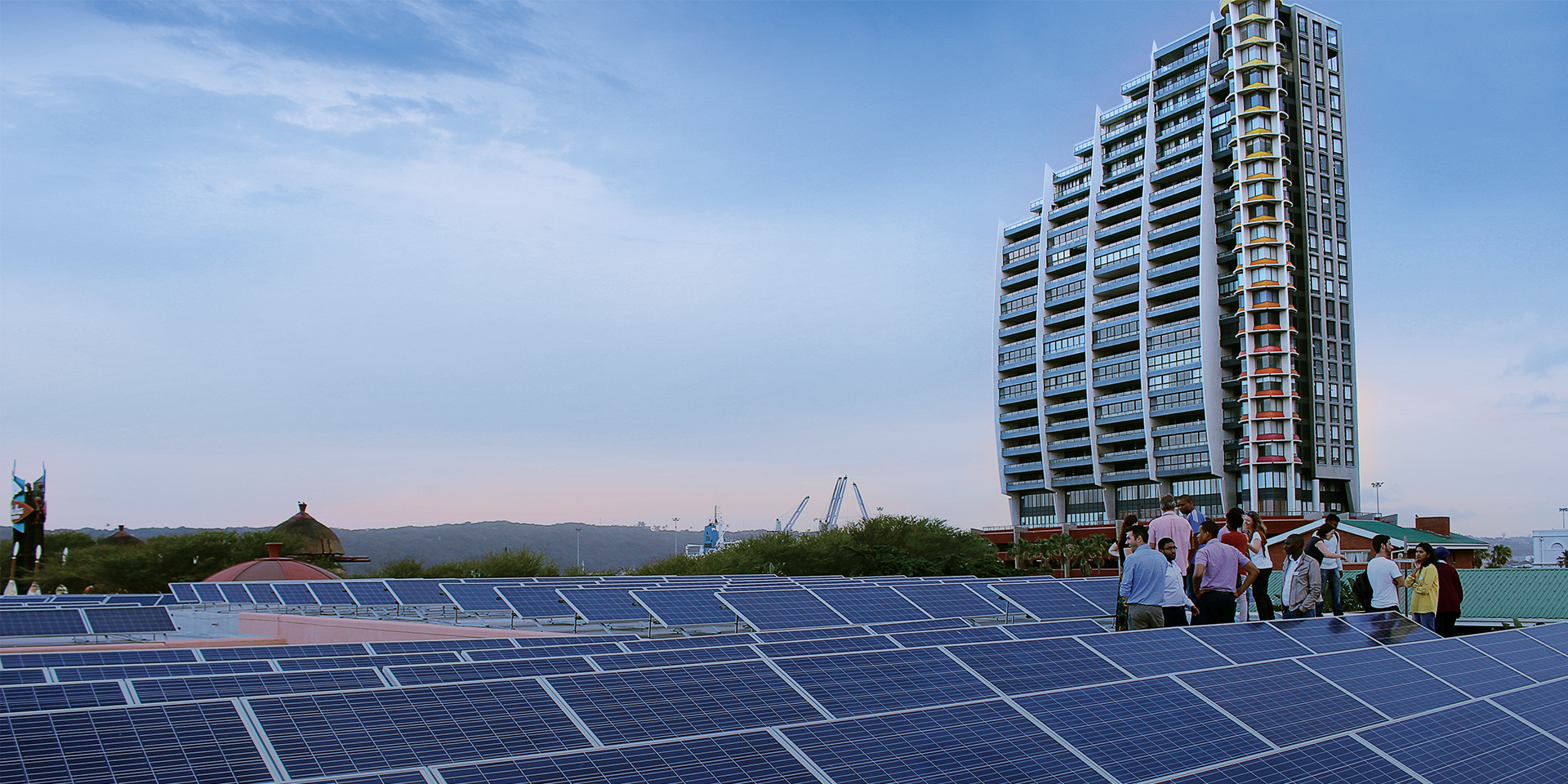
Innovation: It’s Not a Mystery
February 15, 2019 | 4 Minute ReadIn this post, Chemonics’ Hillary Eason discusses her take on innovation and demonstrates how, regardless of the roles we play, we can all take part in bringing the next brilliant solution to life.
One of the most common areas of confusion when talking about innovation, especially in the development world, is the difference between being innovative, facilitating (or fostering) innovation, and creating a culture (or an ecosystem) of innovation. For practitioners who already face significant time and resource constraints, it can be hard to differentiate between these buzzword-y terms — to say nothing of actually putting them into practice on a project with limited time and less money.
And, that’s a shame because innovation isn’t a mysterious concept that only belongs to the world of tech or the private sector. The actions described above, while they may sound similar, describe different ways of helping new ideas come to life — a micro-to-macro spectrum that can be applied to any project, in any technical area. To understand these, and how they can be applied to your work, let’s consider what “innovation” can mean, and what it requires to thrive.
Innovation: What It Means, What It Requires
Innovation is nothing more than the creation, diffusion, and adoption of new ideas. While it’s often used with technology, any new idea can be innovative, whether it’s a better way to transfer money digitally or a new model for distributing seeds to farmers.
But these new ideas don’t emerge out of a vacuum. To be innovative, people generally need capacity (skills and knowledge); resources (monetary or otherwise); autonomy/opportunity (the time and space to develop new ideas); collaboration (connections with other people or organizations); incentives (a reason to develop new ideas); and support (knowledge that others have your back). Without these inputs, it’s certainly possible to come up with new ideas, but it’s a lot harder to test them and put them into practice.
Action #1: “Be Innovative”
If innovation is the creation of new ideas, then proposals and projects that ask us to “be innovative” are looking for just that: different ways of approaching an existing problem. Contrary to popular belief, innovative solutions don’t have to be high-tech or fancy — they just have to look at challenges from a fresh perspective.
Consider a project like USAID’s Mozambique Coastal City Adaptation Project (CCAP), which focused on improving early warning systems for coastal residents. When the project began, a basic SMS-based solution had already been piloted, but while looking at the tool’s rate of success, the project team realized that there was a problem that hadn’t yet been tackled: community buy-in. CCAP’s innovation was to establish a cadre of local focal points, people who were trained to lead information sharing and data gathering within their communities. In doing so, CCAP was able to provide better advanced notice to local populations and significantly increase the amount of critical information available to inform post-disaster response. The new idea wasn’t necessarily the technology; it was the approach.
Action #2: “Foster Innovation”
When we foster innovation, we don’t necessarily come up with those shiny new ideas ourselves. Rather, we work directly with others to make it easier for them to come up with new solutions.
There are a wide variety of mechanisms that can be used to facilitate innovation. Some common ones include incubators, which provide people with ideas the time, resources, and support necessary to further develop them; competitions or “challenge funds,” which offer an incentive to develop, test, and share new ideas; and networks, which allow innovators to connect with others for collaboration, feedback, and support.
A key thing to remember about fostering innovation is that, in a direct and targeted way, you’re creating the conditions under which new ideas can germinate and thrive. A great example of this is the work done by USAID’s Punjab Enabling Environment Project (PEEP) through its WeINSPIRE initiative. The initiative focuses on female livestock farmers in Pakistan’s south Punjab region. Recognizing that local stakeholders might have mutually beneficial ideas about improving local livestock production, the project brought together multiple partners who might not otherwise have the opportunity to collaborate. Working together, partners such as the Women Chamber of Commerce and Industry Bahawalpur (WCCIB), the Punjab Livestock and Dairy Development Department, and local microfinance institutions were able to create an integrated capacity building program that includes improved training, increased availability of “true breed” livestock, and access to credit facilities. By enabling these partners to work together, the project created the conditions for new ideas to grow.
Action #3: “Create a Culture of Innovation”
If “being innovative” means creating new ideas, and “fostering innovation” means that you’re directly helping others come up with new ideas, what does it mean to create a culture of innovation? I think of this as laying the long-term foundations for new ideas. While initiatives that foster innovation often work directly with the people who are driving new concepts, efforts to create a culture of innovation can institutionalize approaches, mechanisms, and policies that will enable innovation long after a project is over. USAID’s South Africa Low Emissions Development (SA-LED) program offers a look at how practitioners and projects can drive innovation at scale in different sectors. The project, which focuses on lowering greenhouse gas emissions and driving climate-friendly economic growth, partnered with EcoDistricts, an organization dedicated to aligning leadership, collaboration, and political will through public-private urban development partnerships. Through this partnership, the program provides municipal officials, policymakers, and other local development and planning stakeholders in South Africa’s urban areas with technical and capacity support and training. The end goal: developing city precincts into places where ecological, climate change, and resilience innovations can thrive through intensive participation. In doing so, the program has built institutional capacity in the cities of Cape Town and Johannesburg to design climate resilient precincts and communities that embrace innovation and low emissions development technologies.
Innovation is for Everyone
It’s time for us to reclaim innovation as something that everyone can practice. Creating the conditions under which new ideas can grow doesn’t require magic — just rigor, dedication, and a firm belief in the power of the human imagination. So, the next time you see a request for “innovation,” ask yourself: What are they actually looking for? Do you need to come up with a new idea, or is your role to help others do that? Think about what you can provide, and don’t be afraid to dive in. The results just might be the start of a brilliant solution.
Posts on the Chemonics blog represent the views of the authors and do not necessarily represent the views of Chemonics.

